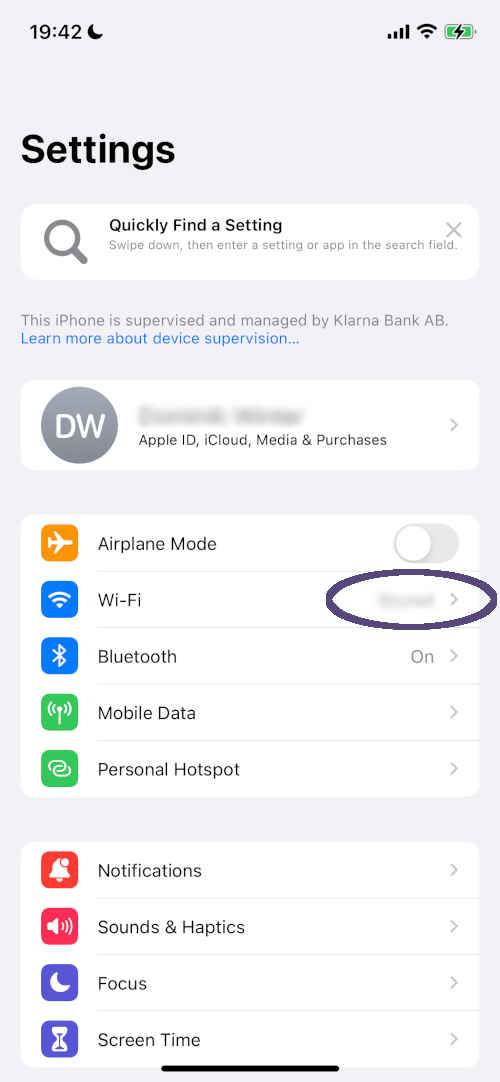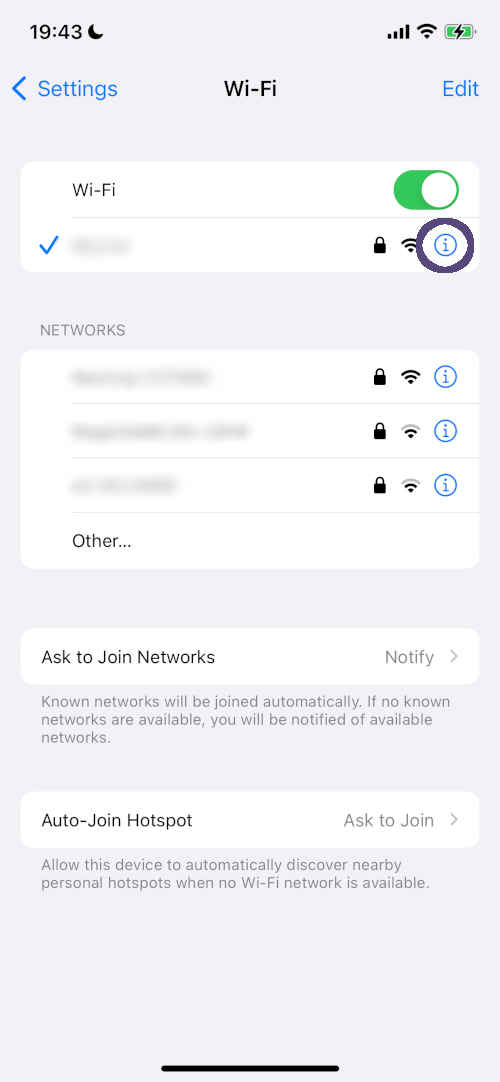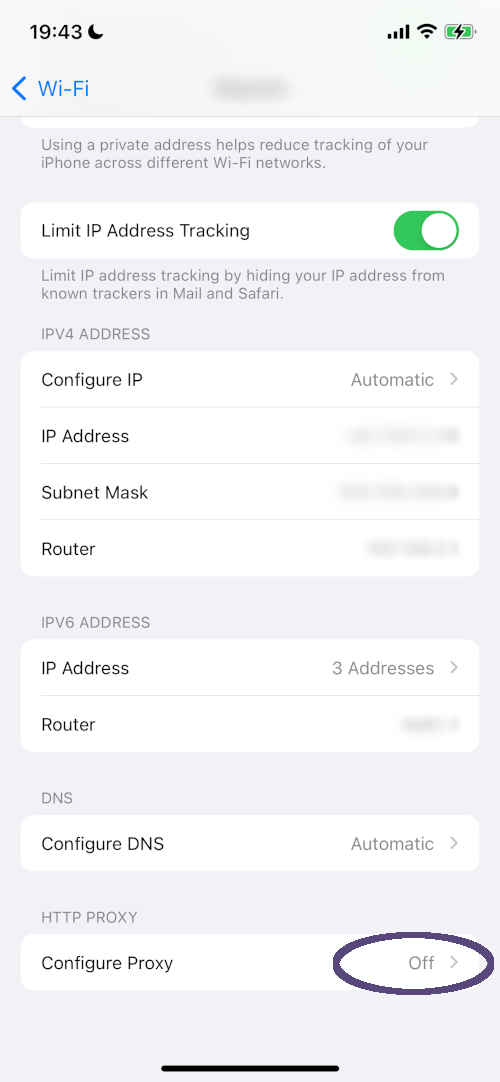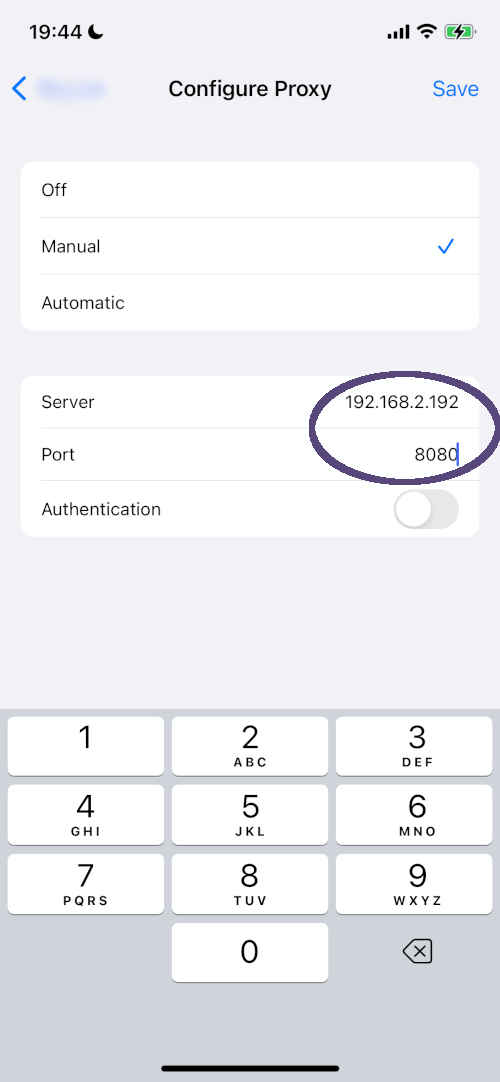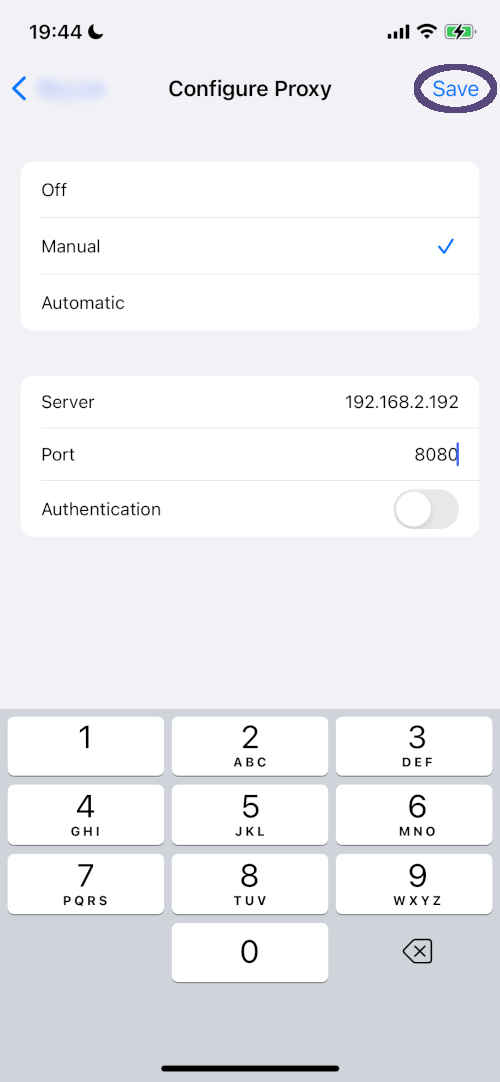This is a simple NGINX Forward Proxy Docker Image that you can use to bypass content filters, access geo-restricted websites, and protect your privacy online.
NGINX does not support forward proxying by default, but this Docker Image uses a custom NGINX module called ngx_http_proxy_connect_module to enable this functionality. The module adds support for the HTTP CONNECT method, which is used to establish a tunnel through the proxy to the destination server.
Furthermore, the image has been optimized for performance and security based on the suggestions provided by UnixTeacher.org.
To get started, simply run the container on your local machine or server to get started. The NGINX configuration can be easily customized to meet your specific needs, and the container can be deployed on any platform that supports Docker containers.
For questions or issues, feel free to open an issue in this repository.
| Component | Version |
|---|---|
| alpine | 3.21 |
| nginx | 1.27.1 |
| zlib | 1.3.1 |
To start the container, you can use one of the following methods:
Using Docker Compose:
docker-compose up -dUsing Docker:
docker run --rm -d -p 8080:8080 --name nginx-forward-proxy dominikbechstein/nginx-forward-proxy
# -d: Run the container in detached mode
# -p: Map port 8080 on the host to port 8080 in the container
# --name: Assign a name to the containerUsing a Custom nginx.conf:
docker run --rm -d -p 8080:8080 --name nginx-forward-proxy \
-v ${PWD}/nginx.conf:/usr/local/nginx/conf/nginx.conf \
dominikbechstein/nginx-forward-proxyThis allows you to override the default NGINX configuration with your custom settings.
Get your local IP address.
ifconfig | grep broadcast | cut -d' ' -f2Suppose you run the container on your local machine with IP address: 192.168.2.192.
curl -x http://192.168.2.192:8080 -ik --proxy-insecure https://www.google.de/Wi-Fi settings -> your Wi-Fi -> at the bottom Configure Proxy -> Manual -> set server and port -> don't forget to save
Running a forward proxy can expose your network to potential security risks if not configured properly. Ensure that the proxy is not accessible from the public internet without proper authentication. Consider using firewall rules, VPNs, or other access control mechanisms to restrict access to trusted clients only.
To build the Docker container locally, follow these steps:
-
Ensure you have Docker installed on your system. You can verify this by running:
docker --version
-
Navigate to the project directory:
cd /path/to/nginx-forward-proxy -
Build the Docker image using the
docker buildcommand:docker build -t nginx-forward-proxy . # -t nginx-forward-proxy: Tags the image with the name nginx-forward-proxy # .: Specifies the current directory as the build context
-
Verify that the image has been built successfully:
docker images | grep nginx-forward-proxy
You can now use this locally built image to run the container as described in the "How to Run" section.
